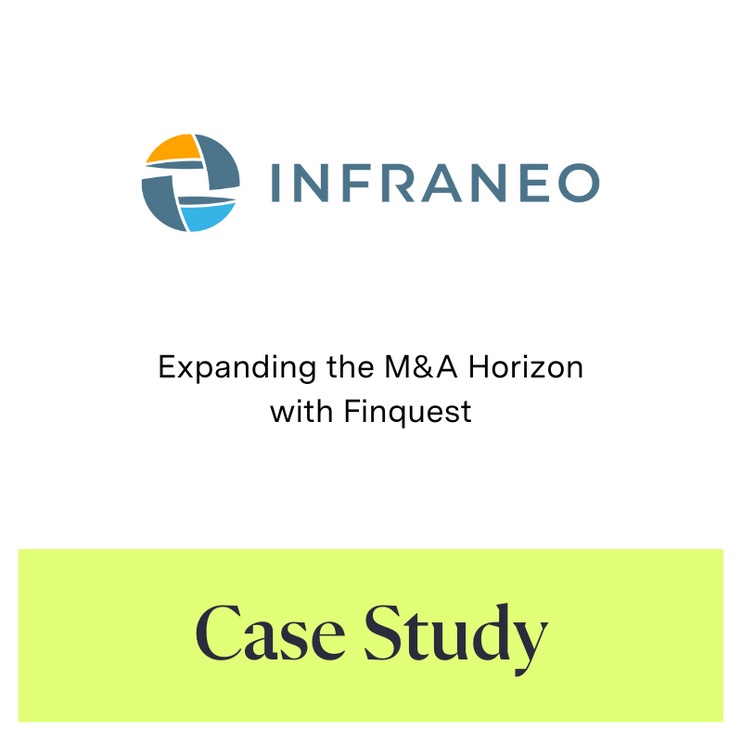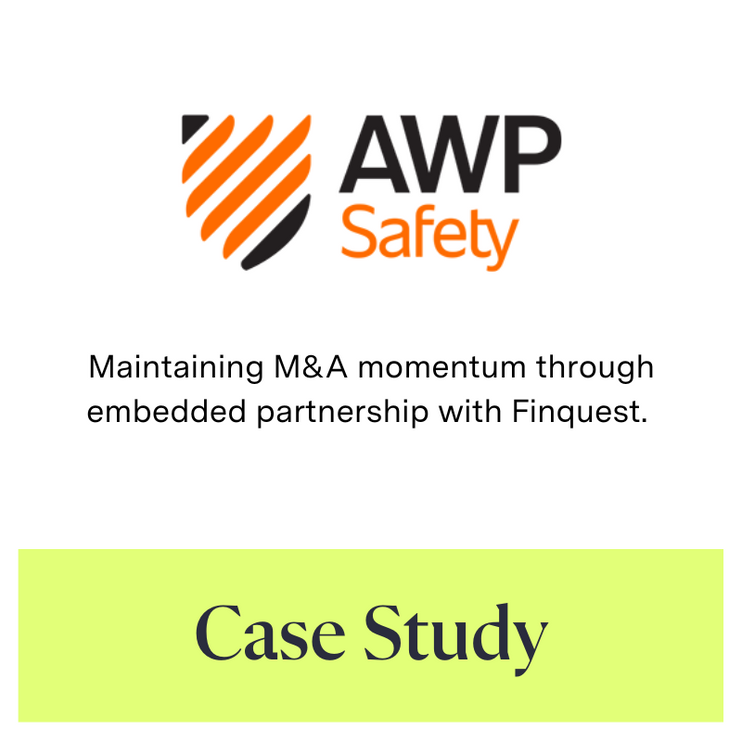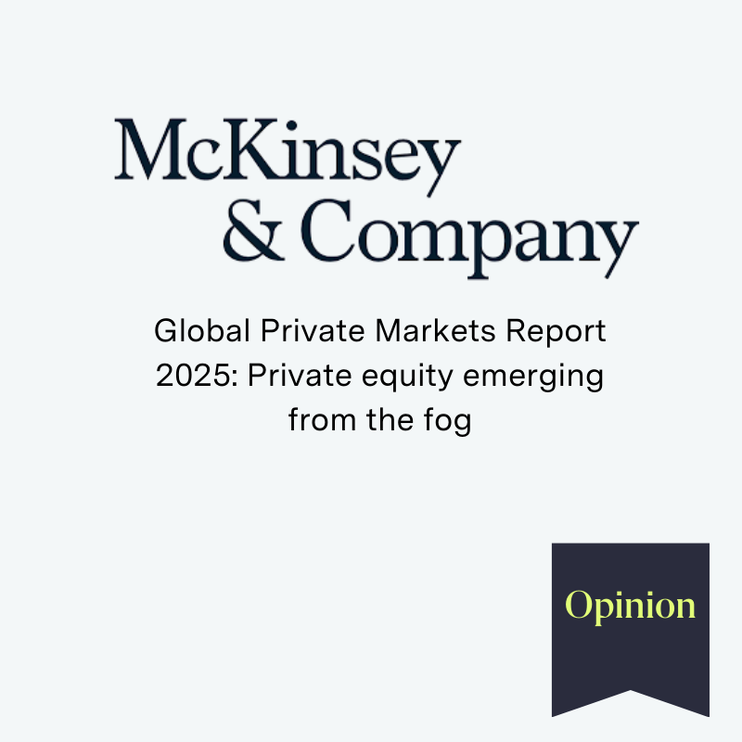
Which M&A Strategies Create The Most Value?
McKinsey & Company‘s Global 2000 research shows that companies that use a programmatic approach to M&A outperform their peers. These companies are able to build lasting, distinctive capabilities because they do deals frequently and systematically, pursuing a minimum of 2 small- or mid-sized deals a year. For instance, programmatic acquirers, on average, deliver about 2% more in excess total returns to shareholders (TRS). Although McKinsey’s research was first published at the tail end of 2021, a recent article in the Financial Times reported the same, and given the changes we’re seeing in the deal sourcing world coupled with the build-up of dry powder and the proliferation of buy-and-build as a key strategy, the research is even more interesting today.
The full article contains some very insightful charts and diagrams but here is our summary of the key findings:
- Organic-growth strategies are on average, the worst performing of all M&A approaches: In the past, data has shown the limitations of both selective-acquisition and organic growth strategies. Of the four types of programs studied, organic-growth strategies are now the worst performing and the riskiest. The large-deal approach to M&A essentially amounts to a coin flip.
- The programmatic approach succeeds across nearly all sectors of the economy: A close look at how global companies in various sectors performed shows that a programmatic approach wins the day. This is especially true in so-called ‘advanced industries’ and the energy and materials sectors.
- The large-deal approach to M&A does not necessarily destroy value: Companies that pursued large deals early during the 2010s, but augmented this approach with programmatic M&A, generated 1% more annually in TRS (on average) than their peers.
- The programmatic approach can withstand periods of high economic volatility: Even during the COVID-19 pandemic, programmatic acquirers’ performance far outpaced that of their peers using other approaches to M&A. What’s more, the numbers show a widening performance gap between programmatic acquirers and companies using other approaches.
- Change is hard: Despite all the evidence in favor of a programmatic approach, more than 50% of companies in McKinsey’s research base have kept the same M&A strategy over the past 20 years. Everyone knows: change is hard, and the programmatic model may not be the right fit for every company. Nevertheless, it can be instructive for companies with any type of M&A program to take lessons from those that are changing course.
- So, what do programmatic acquirers do differently? M&A is not an event, and it is not something that “happens” to a company. Like any capability, it requires sufficient attention and resources to grow. The programmatic acquirers in the McKinsey research base are particularly adept in each of these areas.
- And what’s the outcome? Programmatic acquirers are more likely than their peers to understand how economic shocks affect their competitive advantage, says McKinsey. These companies have a trusted process for generating multiple financial and operational scenarios and leaning into them as they unfold, adjusting their strategies as they go. Previous McKinsey research points to the large TRS gains resilient companies achieved as a result of careful actions taken before, during, and after the 2008 credit crisis.
So, in conclusion:
All too often, companies dedicate less time and attention to assessing an M&A opportunity than they would an internal deployment of capital. This research shows that programmatic acquirers are about 1.2x more likely than their peers to build comprehensive business cases around potential targets. Only 13% of programmatic acquirers paused their M&A activity in 2020 amid the COVID-19 pandemic. And a company’s ability to execute on its strategy often comes down to whether it has enough financial, talent, and organizational capacity. Programmatic acquirers tend to have a strong sense of that capacity, given their well-developed M&A operating model. Because they don’t have to reinvent the wheel for every due-diligence process, they can execute more transactions while creating more value from each.
All of these points certainly ring true when we look at our own clients, most of whom would be classed as programmatic acquirers.
If you’d like to find out more about how Finquest can assist in making your M&A strategy more programmatic, drop us a line here



